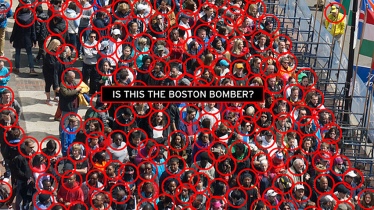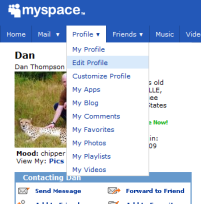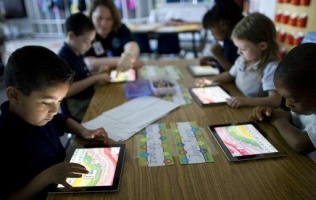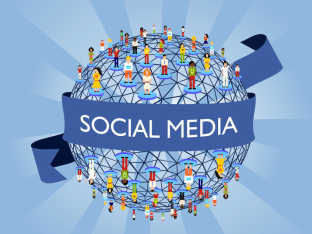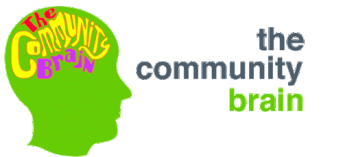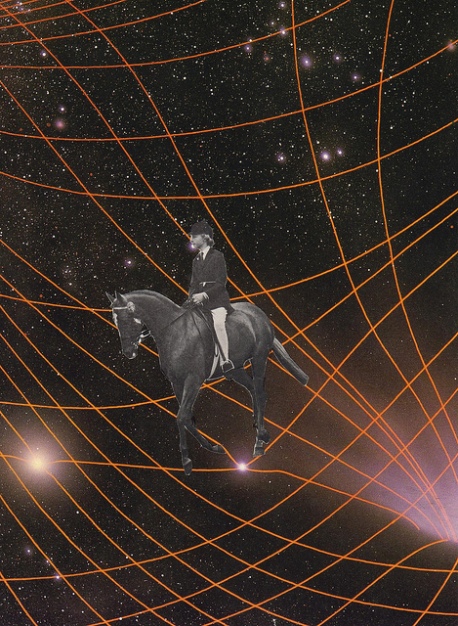
The two boards I created for this assignment are titled “March Media and the Madness” and “Newest New Media”. I created “March Media and the Madness” for fans of the Division 1 men’s basketball championship more commonly referred to as the March Madness Tournament. As the description reads, more than 20 million Americans will watch the tournament via new media technologies, and as a college basketball player myself, it captivates a shameful portion of my attention during this time of year.
The pins I posted to this board reflect viewership statistics, broadcast and marketing methods, and other informative information about the tournament that I thought were pertinent to the topic. I found that searching for information and images via the Pinterest search engine was rather unproductive and unhelpful. Most of my information was derived directly from the NCAA website, which provides a complete revenue breakdown as well as a broadcast and media services page which I found very helpful (not to mention full media coverage of every game in the tournament from start to finish!).
With the creation of the board titled “Newest New Media”, I explore the possible future of new media technologies and how they might someday change the many different industries of today’s world. From law enforcement to video gaming, from HD, slow-motion instant replay to spatially aware tablets, this new generation of new media technology seeks to take exciting steps toward future media integration into our progressive technoculture.
The pins I posted to this board reflect aspects of technological determinism as well as technological imaginary. In many ways, these technologies “work us over completely” and are evidence of our attempts at a utopian society via the creation of technology that may try to fill the void between imperfect and perfect. For example, the Edge Mediaspace concept attempts to extend our increasingly lacking face to face communication habits via real-size, real-time chat rooms that allow us to socialize with people in an entirely different location from the comfort of our own living room in crystal clear projections. To determine whether the source was relevant or worth pinning, I tried to imagine the technology being used and widely distributed 10-15 years in the future.
I found that the most useful aspect of Pinterest was being able to link your image to a site for more information. The description space felt restricting and limiting so being able to click through to the original site for clarifying details was helpful. I also like the concept of a secret board that allows you to be selective in your audience. I would like it even more if you were able to make a previously visible board secret. Pinterest currently only allows you to go from secret to visible, not the other way around. With my boards I was hoping to create two uniquely distinct topic boards that were both entertaining and informative of the subject.
 The future of new media technology is bright. The next generation of technology, I believe, if implemented properly, could ultimately foster an even newer generation of new media. From law enforcement to video gaming, from HD, slow-motion instant replay to spatially aware tablets, this new generation of new media technology seeks to take exciting steps toward future media integration into our progressive technoculture. For example, at the 2012 Coachella festival, a hologram projecting the image of Tupac Shakur rocked the crowds alongside Snoop Lion. Realistic hologram projections of humans could be an important innovation for future media connections.
The future of new media technology is bright. The next generation of technology, I believe, if implemented properly, could ultimately foster an even newer generation of new media. From law enforcement to video gaming, from HD, slow-motion instant replay to spatially aware tablets, this new generation of new media technology seeks to take exciting steps toward future media integration into our progressive technoculture. For example, at the 2012 Coachella festival, a hologram projecting the image of Tupac Shakur rocked the crowds alongside Snoop Lion. Realistic hologram projections of humans could be an important innovation for future media connections.